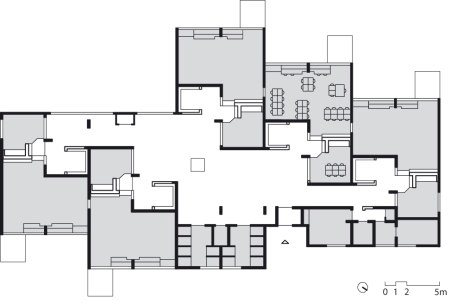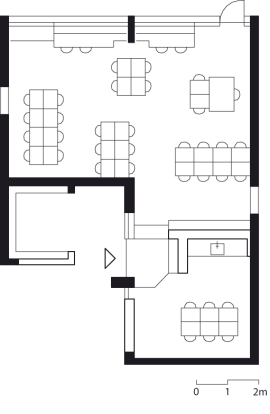School Architecture Deep Dive
Pre-civil war: Concept of schooling is tied strongly to the school house
Conversion from one-room school house to larger education institution
- galvanize support for universal education
- improve student experience
- elevate teacheer status
Civil War & Post civil war period:
- dependence on children’s salary for survival
- ~ 6 % of 14 - 18 yo Americans were enrolled in high school
When the concept of childhood is recognised, new law enforced to get children off the job and into schools. This led to a large influx of students and the construction of new schools. Guidlines for ideal classroom design + hygiene is introduced.
Introduction of purpose-built rooms. Introduction of school plans and facades (ex. H-plan) - (fundamentally disagree with this becoz it standardizes education experiences)
1930 - 1960s:
- Popularization of whole child approach. built schools with concerns about light, air, cleanliness etc. Popularization of outdoor education - indoor classroom paired with outdoor garden
- Schools were typically single story, surrounded by open space, with large central room that serve as gymansium, cafeteria, library etc.
- Creation of Cummins Foundation Architecture Program in Columbus, Indiana which sparked innovation in school architecture
- Schmitt Elementary (Multiple one room school house linked together)
- Mcdowell Elementary (Clusters of classrooms at each corner of the school and common space in the middle)
Late 1960s:
- birth of continuous progress school - L. Frances Smith Elementary
- emphasis of light, space & belonging

Stairless design with teachers and administrators at the top
1970s:
- Popularization of open education (open plan school)
- Mt. Healthy Elementary school : reverted back to traditional classroom design becoz open plan was too loud
- Reasons open plan didn’t work:
- Too loud –> highly distracting
- Needs to be complemented with changes in pedagogy and change in teacher’s mindsets
- Inability to measure outcome, which didn’t sit well with the pragmatic mindset during economic down turn
Case Studies Delf Montessori School:
L-shape classroom positioned closely to prevent formation of long corridors. Inspiration for many design in the 70s.


Recent Trends
- Revert to previous open-plan design with glass walls
- Creation of small villages / communities within a big school
- reverting to one room school house concept (microschool)
- Creative furnitures & Flexible seating
Examples:
Guidelines for current school design:
Inspirations:
Personal Take:
- I like the idea of a facility that is completely designed to fit a kid’s needs, but i don’t like the idea that this facility is where ALL learning is contained. Schools should feel like a secure base so that learning can take place anywhere in the community.
- Interesting exercise to do could be figure out the anatomy of a school hierarchy and think about how they can be restructured